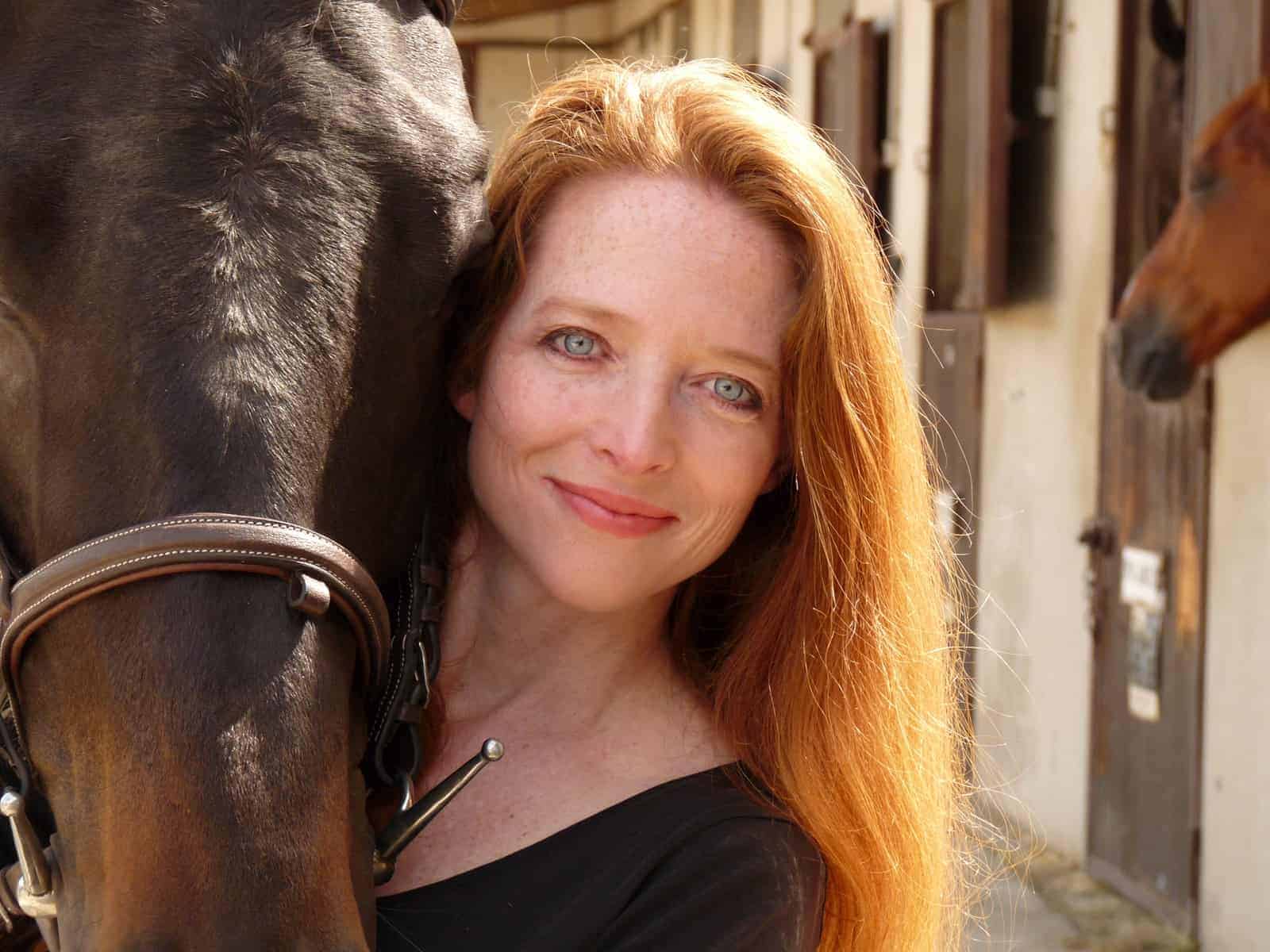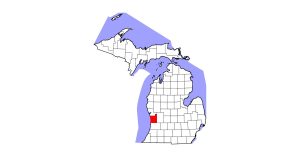Do Horses Use Foot Proprioception?
- Topics: Gait Patterns, Sports Medicine, Welfare and Industry

This suggests horses don’t use information about what they’re feeling with their feet (aside from pain) when they’re moving straight on flat surfaces but instead rely on other factors, such as motor learning, body shape, nerves, and muscles, said Jenny Hagen, DrMedVet, of the Institute of Veterinary Anatomy, Histology, and Embryology in the Faculty of Veterinary Medicine at Leipzig University, in Germany.
“Proprioception (the body’s unconscious perception of position and movement) of the hoof is undoubtedly an important part of the sensory feedback mechanism in horses walking over uneven or rocky terrain to avoid overload or injuries,” Hagen said. “However, a rhythmic and repeated gait pattern on a (flat) surface without the need for fine-tuning and adaption to surface conditions … seems to be less dependent on sensory information from the hoof.”
Creating Motion Maps and Drawing Motion Path Lines for Feet
Hagen and her fellow researchers equipped 10 sound riding horses with a specialized motion measurement system on each front hoof. The system was made of thin sensor foils attached to the underside of the foot, which were then wire-connected via polo wraps up the leg to a wireless transmitter at the withers. A computer software program gathered data from that transmitter at any given moment of the horse’s stride. It also calculated the center of pressure (COP)—where all forces are equal—at any given moment and drew a line tracing the path of that COP as it changed throughout the step, from the foot’s first to last contact with the ground.
The program provided clear and unique motion maps of each front foot of all 10 study horses as they trotted in hand in a straight line, Hagen said. Most of the horses had fairly flat foot landings or landed slightly on the outer edge of the foot. For four horses, the COP path differed between the right and left foot—meaning they didn’t put their feet down the same way in both front feet, she said.
Then the researchers injected anesthesia into each horse’s left front foot—a technique veterinarians often used to find the source of pain in lame horses. While the foot was numb, the researchers gathered motion data from both front feet while the horse again trotted in a straight line.
Finally, the researchers numbed the second foot and repeated the process, this time with horses having no feeling in either front foot.
COP Readings Essentially Identical Before and After Nerve Block
Comparing the software images, the team found that, for each horse, the motion pattern maps were essentially the same throughout the study, Hagen said. Whether the horses had full feeling in their feet or one or two numb feet, they maintained the same way of stepping, with the same COP path throughout the step. A few horses had very mild differences, but they were so minor they could not be considered scientifically significant, she said.
This means proprioception isn’t critical for horses moving in an unchallenging environment such as a flat surface, said Hagen. Rather, horses probably base their movement on a variety of factors, including experience, motor learning, nerves, and muscles.
However, if horses stumble or have gait abnormalities after getting a nerve block (for example, for a lameness evaluation), that could spell a different kind of problem, she added.
“Since perineural palmar (heel) nerve anesthesia does not affect the individual pattern of hoof-ground contact during stance, sudden changes in the individual gait pattern after local perineural anesthesia should be interpreted carefully and warrant further clinical investigation,” Hagen said.
The study, “Effect of Perineural Anesthesia on the Centre of Pressure (COP) Path During Stance Phase at Trot in Sound Horse,” was published in the Journal of Equine Veterinary Science in June 2021.

Written by:
Christa Lesté-Lasserre, MA
Related Articles
Stay on top of the most recent Horse Health news with















